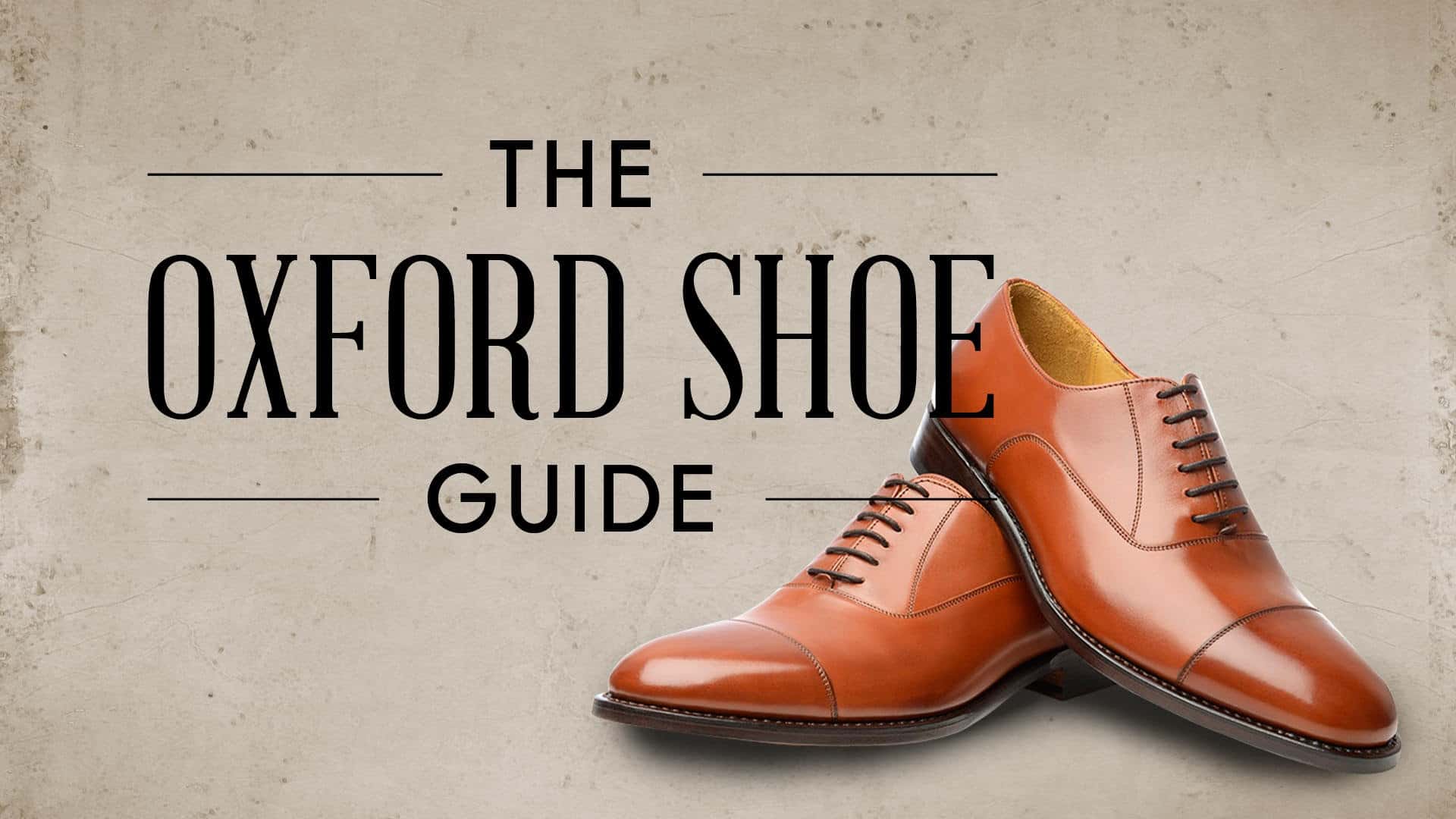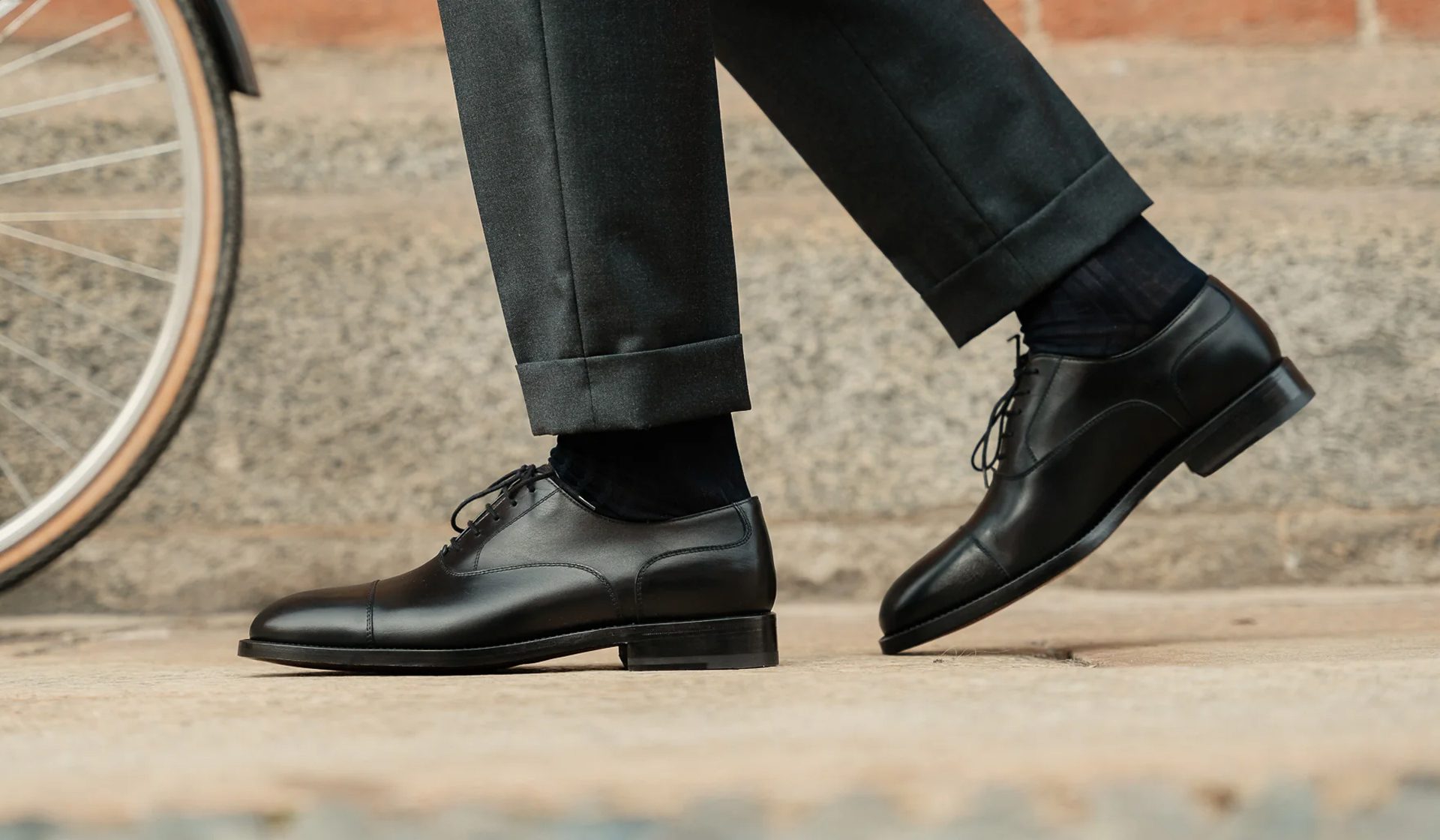
Introduction
When it comes to classic footwear that exudes elegance and sophistication, Oxford shoes have stood the test of time as a timeless wardrobe staple. These iconic shoes have a rich history dating back to the 17th century and have since become a symbol of sartorial excellence. From formal events to casual outings, Oxford shoes have effortlessly maintained their allure, making them a must-have for every fashion-conscious individual. In this article, we will delve into the fascinating world of Oxford shoes, exploring their history, design, versatility, and how to style them for various occasions.
History and Origin of Oxford Shoes
The roots of Oxford shoes can be traced back to Scotland and Ireland in the 17th century. Initially known as “Oxonian” shoes after Oxford University, where they gained popularity, these shoes were designed as a simpler and more comfortable alternative to the high-heeled boots and shoes that were prevalent at the time. Their distinctive closed lacing system, characterized by the eyelets stitched under the vamp, set them apart from other footwear styles.
The Iconic Design
Oxford shoes are renowned for their classic and refined design. The closed lacing system provides a sleek and elegant appearance, making them perfect for formal occasions and professional settings. Their low heels and comfortable fit make them ideal for long hours of wear, ensuring both style and comfort go hand in hand.
Variations of Oxford Shoes
Over the years, Oxford shoes have evolved into various styles, catering to different preferences and fashion trends. Some popular variations include:
1. Cap-Toe Oxford
The Cap-Toe Oxford features a distinct seam across the toe cap, giving it a refined and polished look. This style is a quintessential choice for formal events and business settings.
2. Wingtip Oxford
Known for its wing-like toe cap design, the Wingtip Oxford adds a touch of flair and creativity to traditional formalwear. It is a versatile option that can be dressed up or down depending on the occasion.
3. Brogue Oxford
The Brogue Oxford is adorned with decorative perforations and patterns, adding a touch of sophistication and character to the shoes. This style seamlessly combines elegance with a hint of informality.
4. Saddle Oxford
The Saddle Oxford features a contrasting saddle-shaped panel usually made of a different material or color, creating a unique and eye-catching look. This style is often associated with a more casual vibe.
Styling Oxford Shoes for Different Occasions

One of the reasons Oxford shoes have remained popular for centuries is their incredible versatility. Here are some styling tips for various occasions:
1. Formal Events
For black-tie events and formal occasions, a classic black Cap-Toe Oxford paired with a tailored tuxedo or a sophisticated suit will make a lasting impression.
2. Business Attire
Opt for a sleek and polished brown or burgundy Wingtip Oxford to elevate your business attire. Paired with dress pants and a crisp shirt, this combination exudes professionalism and style.
3. Casual Outings
For a more relaxed setting, consider a Brogue Oxford in a neutral color like tan or navy. Pair it with chinos or dark jeans for a smart-casual look that strikes the perfect balance between comfort and elegance.
4. Summer Vibes
Saddle Oxfords in light pastel shades bring a playful touch to your summer outfits. Wear them with shorts or linen trousers for a dapper yet laid-back appearance.
